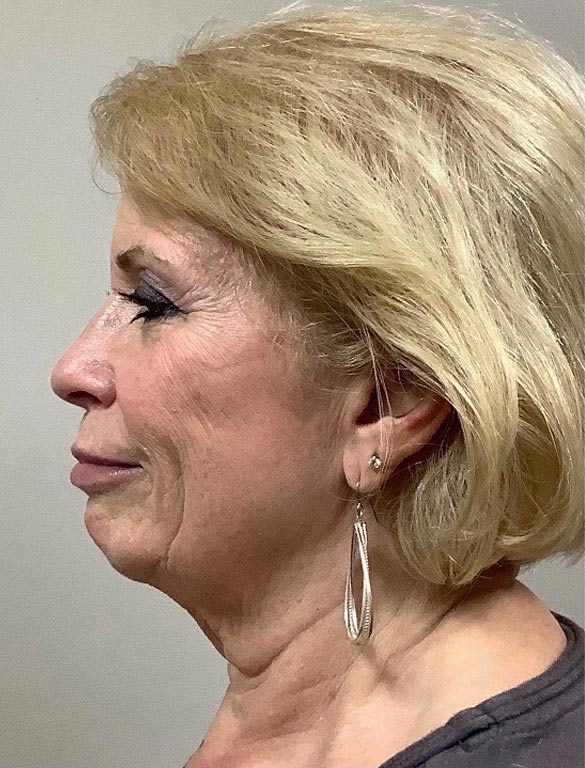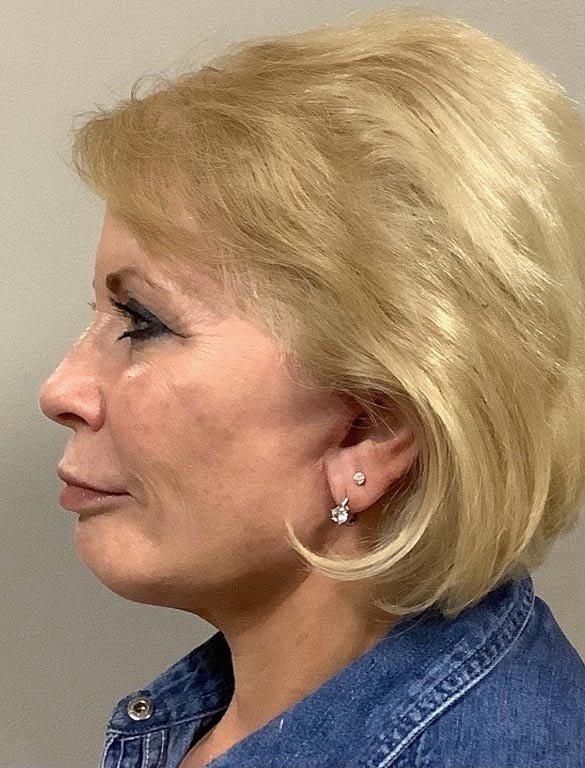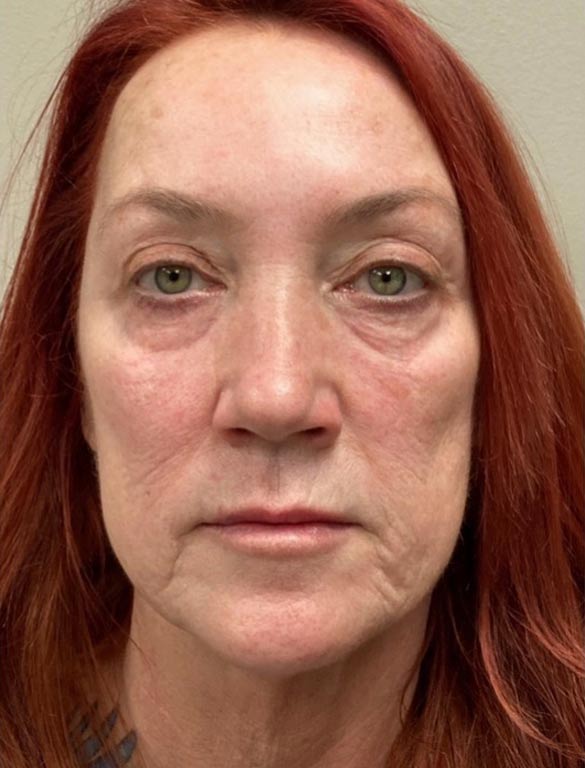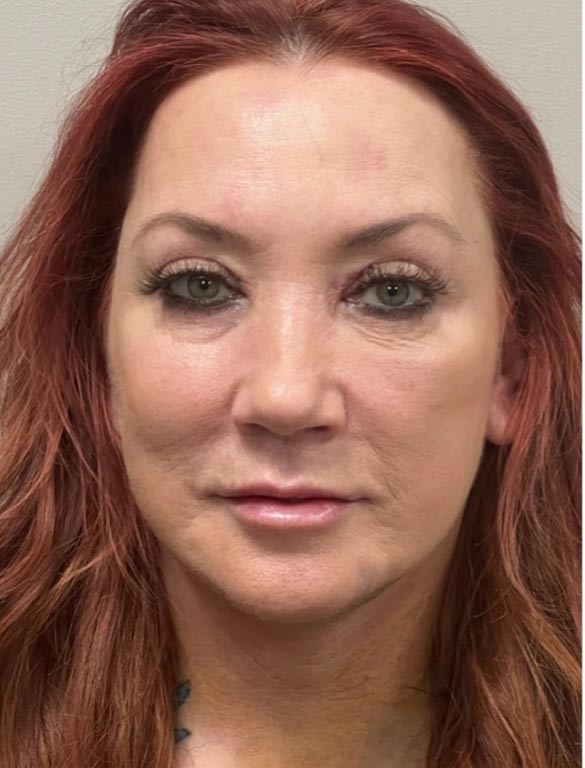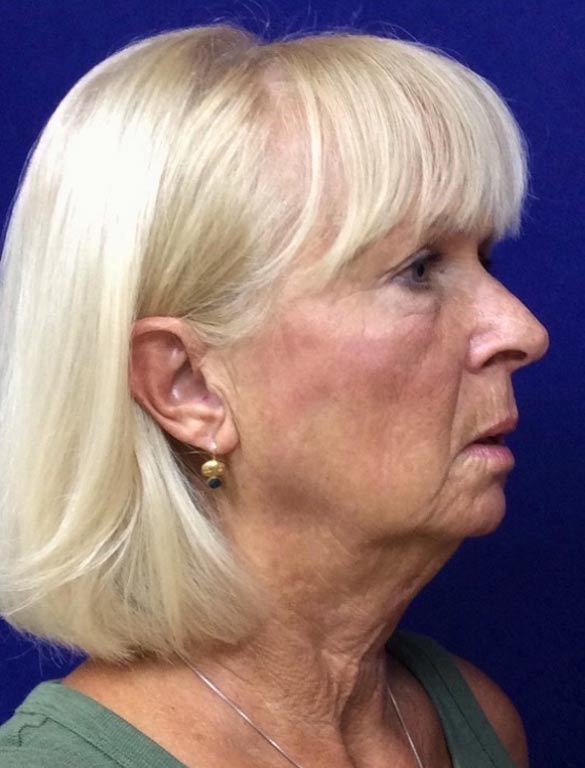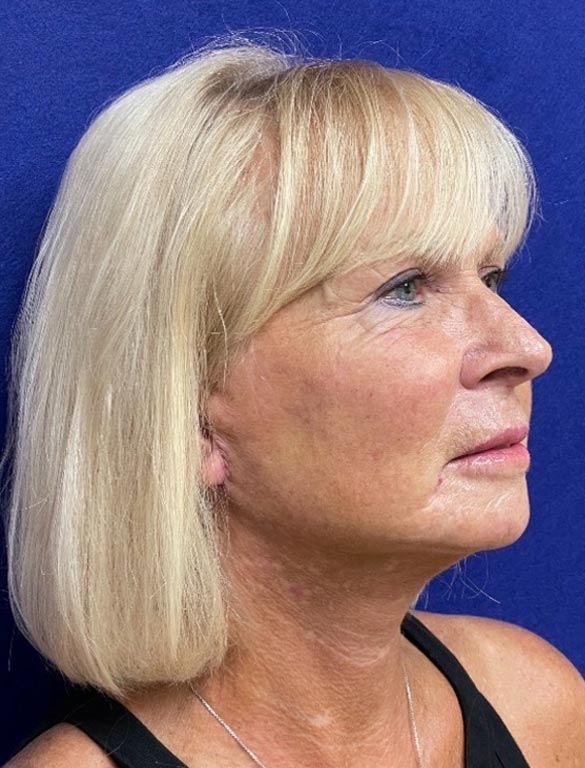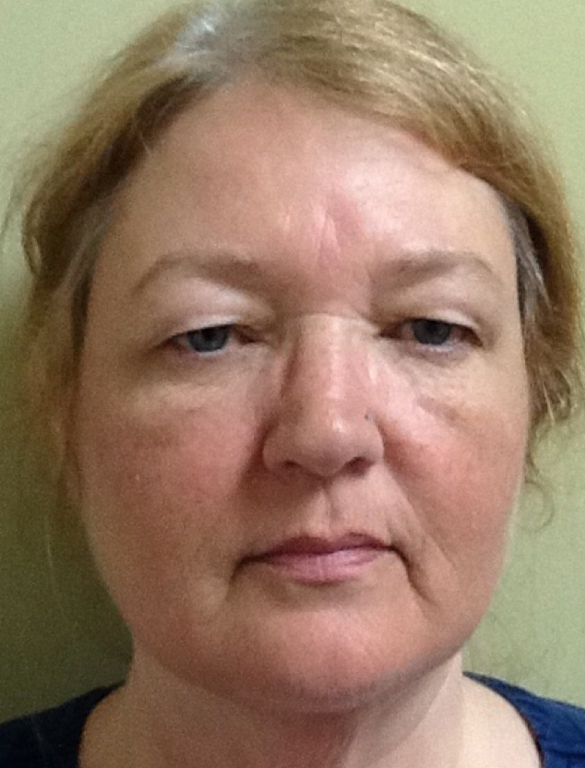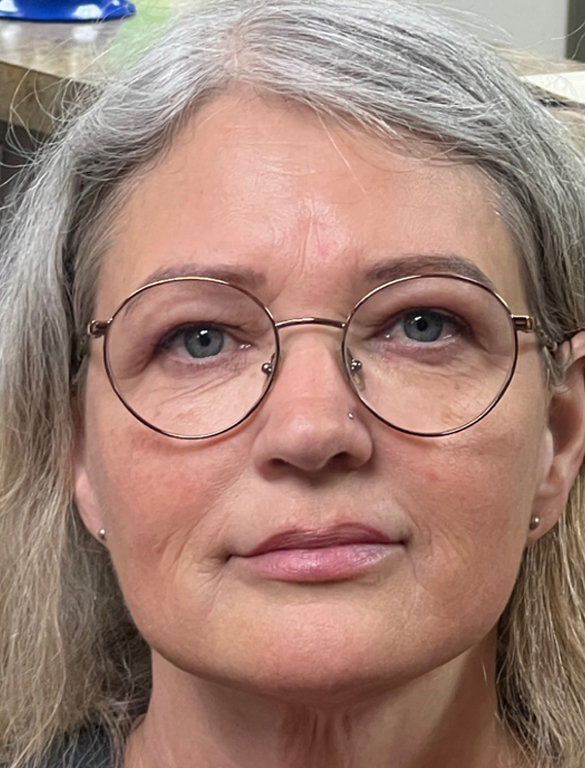Common skin conditions such as common rashes, acne, dry skin and more are easily recognized and treated, sometimes even with a simple over the counter cream, but other skin conditions are quite rare and require special treatment and assistance. Here are some of these conditions, and what you should watch out for
Argyria
People who have had lots of contact with silver salts over the span of many years may actually end up with a condition called “Argyria” in which their skin is stained a silver, greyish blue shade. Careers in mining, manufacturing or working with silver exposes people to silver salts. The condition can be treated with depigmenting medications though they may be only moderately effective. Wearing sunscreen should keep the blue shade from darkening more.
Harlequin Ichthyosis
This genetic disorder creates extra thick skin with spots and deep cracks. It can affect the patient’s facial features and make full leg and arm movement difficult due to the thickness of the skin. Infants with this disorder have a hard time fighting infections and are more susceptible to life-threatening infection in their first weeks of life. Retinoids can help treat this condition when prescribed by a professional dermatologist who can monitor the patient.
Vitiligo
This skin condition creates a loss of brown pigment from the skin resulting in white patches all over the body. About one in 100 people in the United States is affected by Vitiligo in varying degrees. The condition occurs when the body’s immune cells destroy the cells that produce pigment so it’s thought to be an autoimmune issue. Steroid creams, ultraviolet light treatments, drugs that fad the remaining brown skin and photochemotherapy are some treatment options though this condition can be hard to treat.
Lamellar Ichthyosis
When a baby is born with a clear, tight layer covering their skin (a collodion membrane), it’s usually shed after a couple of weeks but it may leave behind scaly, patchy, plate-like skin. It can be treated using special moisturizers that contain ammonium lactate, urea and other alpha-hydroxy acids or retinoids.
Epidermolytic Ichthyosis
This type of Ichyosis is a genetic skin condition that is hereditary and displays scales and redness of the skin, especially around the joints. Blistering will often appear due to infections. Many patients simply try to wait this condition out as it tends to improve with age, but a dermatologist can prescribe some medications to help lessen the symptoms.
If you’re struggling with a skin condition of any kind, schedule an appointment with Dr. Seiger for expert medical assistance and care.

